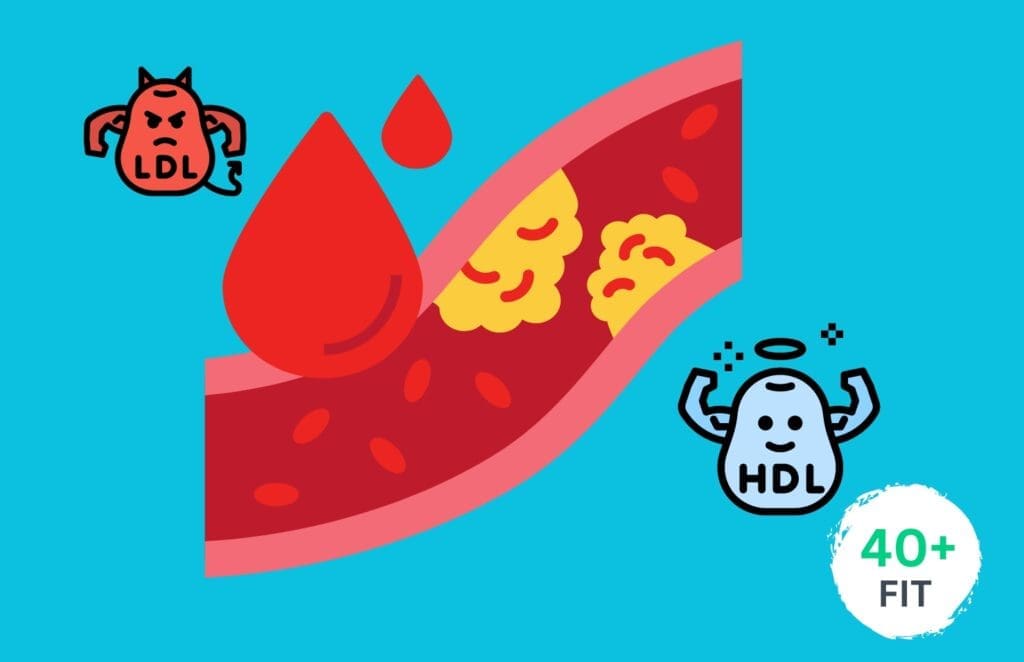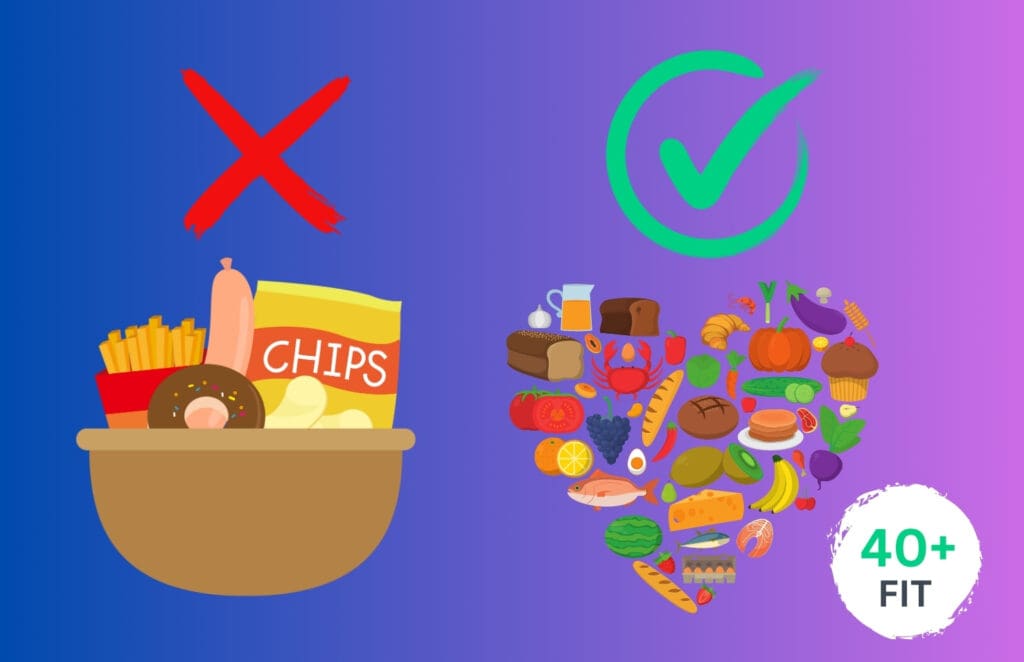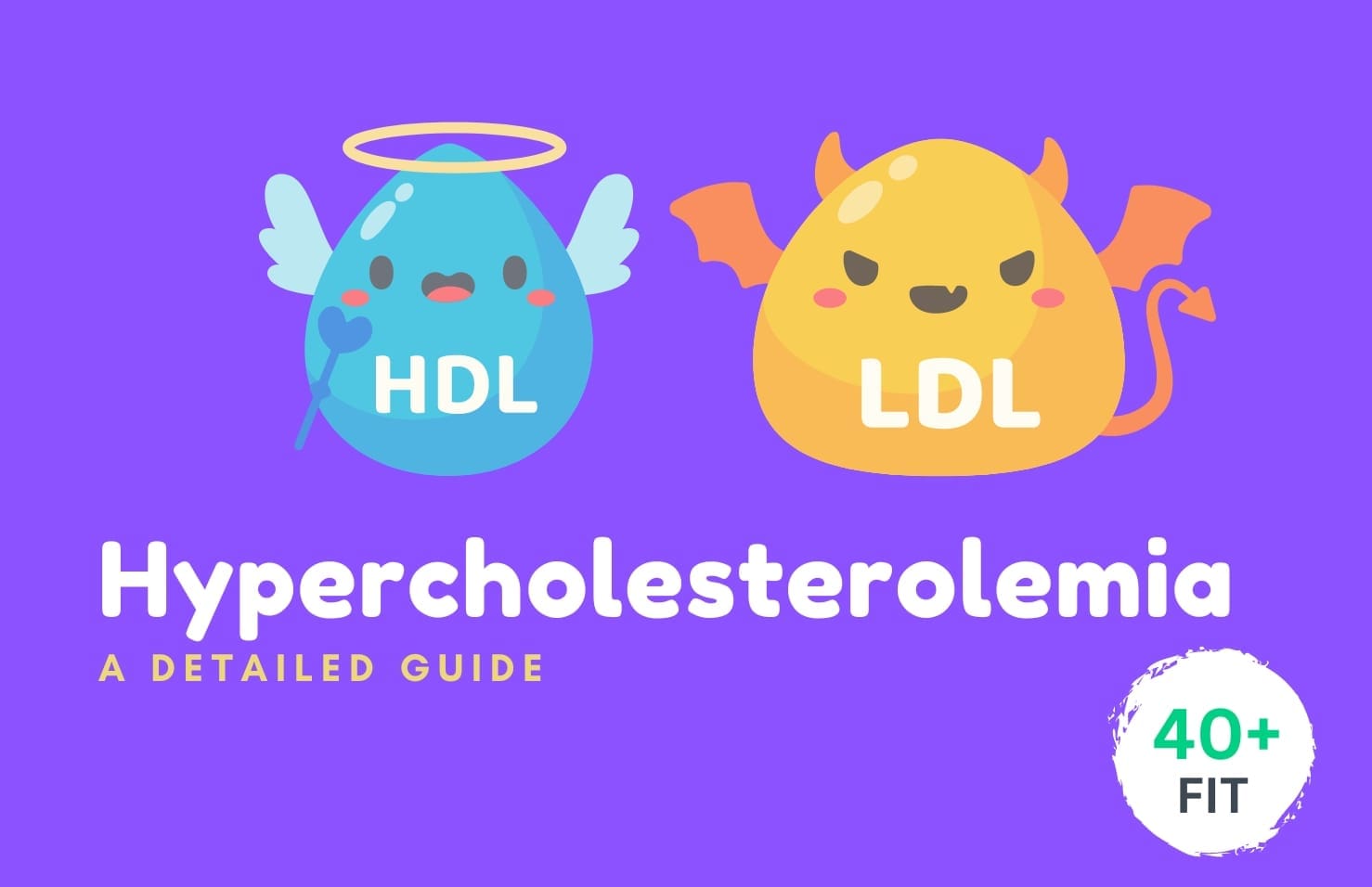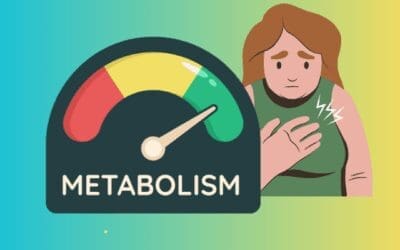As we age, maintaining good heart health becomes increasingly important. One critical factor affecting heart health is cholesterol levels, and hypercholesterolemia — a condition characterized by high levels of cholesterol in the blood—can pose significant risks.
In this article, we’ll explore the essentials of hypercholesterolemia, why it’s especially relevant for individuals over 40, and actionable steps you can take to manage or reduce it.

What Is Hypercholesterolemia?
Hypercholesterolemia refers to abnormally high levels of cholesterol in the blood, specifically low-density lipoprotein (LDL) cholesterol, often referred to as “bad” cholesterol. LDL cholesterol can build up in the arteries, leading to atherosclerosis (hardening of the arteries), which increases the risk of heart disease, stroke, and other cardiovascular conditions.
How to Identify Hypercholesterolemia
Hypercholesterolemia often has no obvious symptoms, making it important to have regular cholesterol screenings. Blood tests that measure your total cholesterol, LDL, HDL (high-density lipoprotein or “good” cholesterol), and triglycerides provide a full picture of your cholesterol levels.
Your healthcare provider will likely recommend starting these tests in your 40s or earlier if you have risk factors such as a family history of heart disease or obesity.

How to Measure Hypercholesterolemia
Regular blood tests, also known as lipid panels, measure the different types of cholesterol in your blood. According to the 2018 guidelines published in the Journal of the American College of Cardiology, the ideal cholesterol levels for adults over 40 are as follows:
- Total Cholesterol: Below 200 mg/dL
- LDL Cholesterol: Below 100 mg/dL
- HDL Cholesterol: 40 mg/dL or higher (for men), 50 mg/dL or higher (for women)
- Triglycerides: Below 150 mg/dL
Causes of Hypercholesterolemia
Several factors contribute to elevated cholesterol levels, including:
- Genetics: Familial hypercholesterolemia is an inherited condition that can lead to high cholesterol at a younger age.
- Diet: Diets high in saturated fats, trans fats, and cholesterol can raise your LDL cholesterol levels.
- Lack of Physical Activity: A sedentary lifestyle reduces the body’s ability to remove excess cholesterol from the blood.
- Age: Cholesterol levels naturally rise with age as the body’s metabolism slows down.
- Other Medical Conditions: Conditions such as hypothyroidism, kidney disease, and diabetes can also contribute to elevated cholesterol.
Health Risks Associated with Hypercholesterolemia
Unchecked hypercholesterolemia can lead to various life-threatening health issues, including:
- Atherosclerosis: The build-up of cholesterol in the arteries, leading to reduced blood flow and increased heart attack and stroke risks.
- Coronary Heart Disease (CHD): High cholesterol is a major risk factor for CHD, which can cause chest pain, heart attacks, and heart failure.
- Stroke: Elevated LDL cholesterol can increase the risk of stroke by causing blockages in blood vessels that supply the brain.
- Peripheral Arterial Disease (PAD): High cholesterol can lead to the narrowing of arteries in the legs, causing pain and mobility issues.
- Chronic Kidney Disease: The reduced blood flow from atherosclerosis can also affect the kidneys, contributing to chronic kidney disease.

How to Reduce Hypercholesterolemia
If you’ve been diagnosed with high cholesterol, there are several effective ways to lower your levels and improve your heart health:
1. Adopt a Heart-Healthy Diet
A balanced diet low in saturated fats, trans fats, and cholesterol is essential in managing hypercholesterolemia. Focus on consuming more:
- Fruits and Vegetables: Packed with fiber, vitamins, and minerals, these foods can help lower LDL cholesterol.
- Whole Grains: Foods like oatmeal and brown rice contain soluble fiber that helps reduce cholesterol absorption in the bloodstream.
- Lean Proteins: Opt for fish rich in omega-3 fatty acids, skinless poultry, and plant-based proteins like beans and lentils.
- Healthy Fats: Use olive oil or avocado as healthier fat sources to replace saturated fats.
2. Increase Physical Activity
Engaging in regular physical activity—at least 150 minutes of moderate exercise or 75 minutes of vigorous exercise per week—can boost your HDL cholesterol levels while lowering LDL cholesterol and triglycerides. Walking, cycling, swimming, and strength training are excellent choices.
3. Quit Smoking
Smoking lowers HDL cholesterol and damages blood vessels, making it harder for your body to manage cholesterol. Quitting smoking can improve HDL levels and reduce overall heart disease risk.
4. Limit Alcohol Consumption
While moderate alcohol consumption has been linked to higher HDL cholesterol, excessive drinking can raise triglycerides and lead to liver damage. Stick to the recommended guidelines—one drink per day for women and two for men—to protect your heart health.
5. Medications
In some cases, lifestyle changes alone may not be enough to lower cholesterol. Your healthcare provider may prescribe medications such as statins, bile-acid-binding resins, or cholesterol absorption inhibitors to help manage your levels.
Benefits of Lowering Cholesterol Levels
Lowering your cholesterol reduces the risk of atherosclerosis, heart disease, stroke, and other cardiovascular conditions. It also improves blood circulation and can contribute to better kidney function. A 2020 systemic review and meta-analysis of randomized trials found that for every 1 mmol/L reduction in LDL cholesterol, there was a 20% reduction in the risk of major cardiovascular events .
FAQs on Hypercholesterolemia
What is hypercholesterolemia?
- Hypercholesterolemia is a condition characterized by high levels of cholesterol in the blood, particularly LDL cholesterol.
Is hypercholesterolemia hereditary?
- Yes, familial hypercholesterolemia is an inherited form of high cholesterol.
How often should I check my cholesterol?
- Starting at age 40, you should have your cholesterol checked every 4-6 years, or more frequently if you have risk factors. I check mine every year.
Can diet alone lower cholesterol?
- While diet plays a significant role, exercise, weight management, and sometimes medication are also needed.
Does hypercholesterolemia cause symptoms?
- Hypercholesterolemia typically doesn’t cause symptoms, which is why regular testing is important.
What is considered a dangerous cholesterol level?
- LDL cholesterol levels above 160 mg/dL are considered high, with levels above 190 mg/dL classified as very high.
Can stress cause high cholesterol?
- Chronic stress may contribute to higher cholesterol levels due to unhealthy coping mechanisms like overeating or smoking.
Does drinking water lower cholesterol?
- While water is essential for overall health, it doesn’t directly affect cholesterol levels.
Can exercise alone lower cholesterol?
- Exercise, particularly aerobic activities, can help increase HDL and lower LDL cholesterol, but diet also plays a key role.
Is hypercholesterolemia reversible?
- With lifestyle changes and, if necessary, medication, cholesterol levels can be managed effectively.
What foods should I avoid if I have high cholesterol?
- Avoid foods high in saturated fats and trans fats, such as fried foods, processed snacks, and fatty cuts of meat.
Can high cholesterol lead to diabetes?
- While high cholesterol itself doesn’t cause diabetes, it’s often associated with other risk factors for type 2 diabetes, such as obesity and insulin resistance.
Take Control of Your Cholesterol
Managing hypercholesterolemia is crucial for improving overall health, especially as you age. Small, consistent changes to your diet, activity levels, and lifestyle can lead to significant reductions in cholesterol and lower your risk of heart disease.
If you’re unsure where to begin, or need help navigating your cholesterol management journey, sign up for a free, no-obligation coaching call with our team. Together, we can create a personalized plan to help you achieve your health goals!






